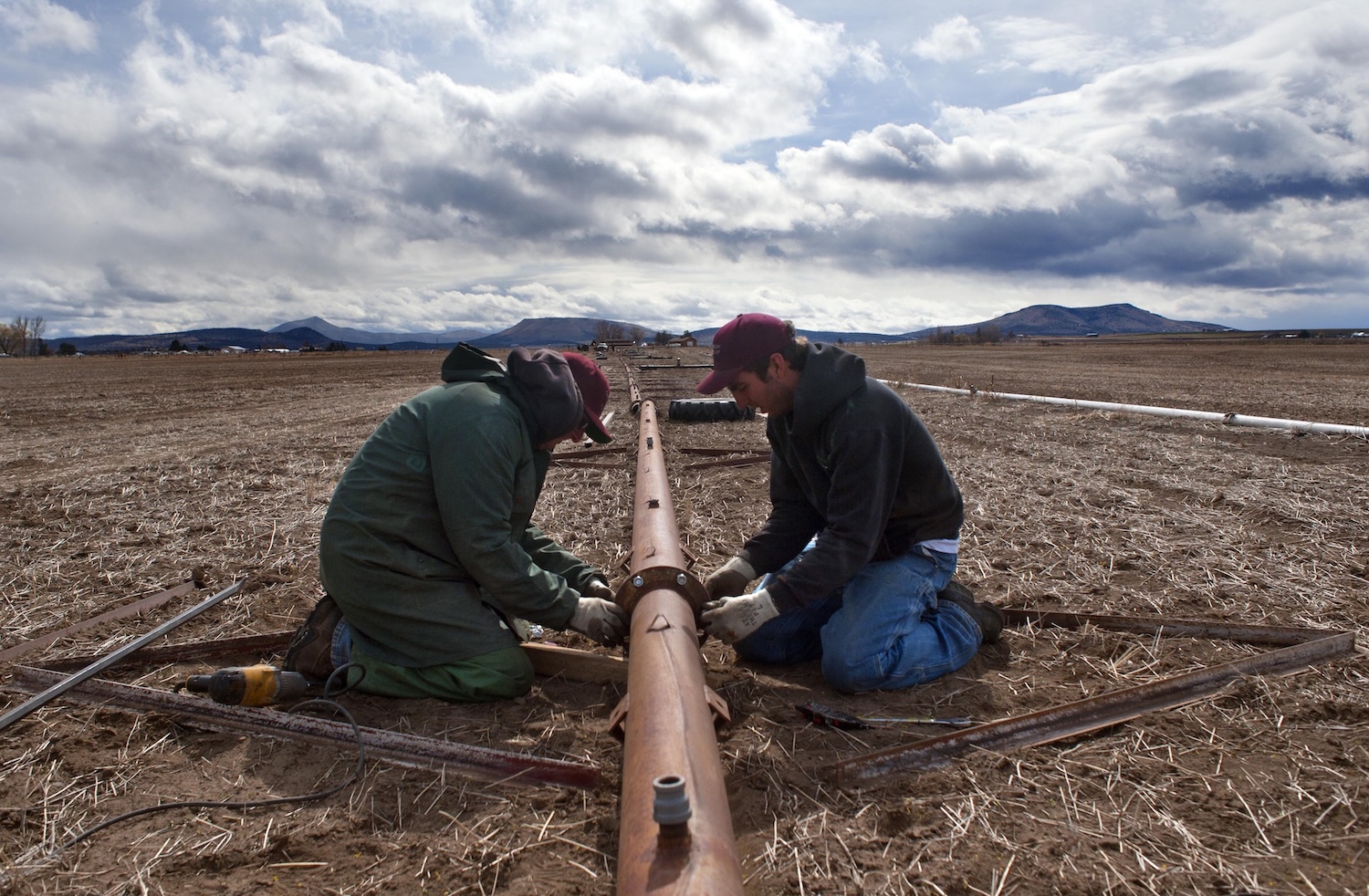Editorial: Bend needs to do a better job with stormwater
Published 7:38 am Friday, June 27, 2025

- This graphic shows Bend’s stormwater system. There’s a lot on here, but basically the small dots show drill holes and dry wells. The larger blue dots show drinking water wells. The lines show pipes running into the river. The shaded areas show the time it takes water to travel before it reaches groundwater. (City of Bend)
Bend’s past approach to stormwater was too shallow.
Digging a deep hole and pouring water down it is simple. It can be simply wrong. Running pipes to dump stormwater in the Deschutes River is more complex. It is also wrong.
Bend has more than 7,000 drill holes or dry wells. It has too many pipes that drain unfiltered stormwater into the river. Water in many places isn’t treated before it reaches groundwater or the river. It’s just ejected in.
Pollution from stormwater runoff is a threat to clean water. It can happen in many ways. Drive along the road and what do cars do? They distribute bits of tire. They drip bits of chemicals or dust from brakes. When it rains or snows, those bits can get swept into the river and groundwater.
City staff told members of the Bend City Council on Monday about possible changes. The changes may impact stormwater fees and requirements for properties.
Bend does many things already to control the impact of stormwater. It sweeps the streets. It has monitors set up. It has policies to encourage good stormwater management on new developments.
There is, though, the legacy of what has been built. Drill holes and dry wells need to be maintained and upgraded. With the right design, dry wells can do some fairly effective filtration. Pipes that dump stormwater directly into the river should be a no-no.
Then there is climate change. The city anticipates Bend will get more precipitation and have more intense weather events. The stormwater system already has infrastructure that can be overwhelmed by a storm.
The push to have a more dense Bend and build in and up, rather than sprawling out into the countryside, will have an effect. More density means more impervious surfaces – more paved over places, more roofs, more areas with graded and compacted earth. Where will the water go?
City staff says Bend probably needs to do more to look at stormwater plans for new developments earlier and then check back years later to ensure they are continuing to achieve the goals. The city may want more use of centralized drainage areas or swales in new developments that perhaps would be maintained by the city.
Education could help. Some property owners will think about driveways made of more permeable surfaces, such as cobblestones. Green roofs can be an option, as long as the challenges are worked out. Not many people are going to have the money to do those things to an existing property.
Where is the money going to come from to fix some of these things? How much should the city fix? What policies should the city encourage? What policies should the city demand?
City staff is working on these plans. Tell Bend City Councilors what you think the city should do. There is more information here: tinyurl.com/Bendstormwater.







